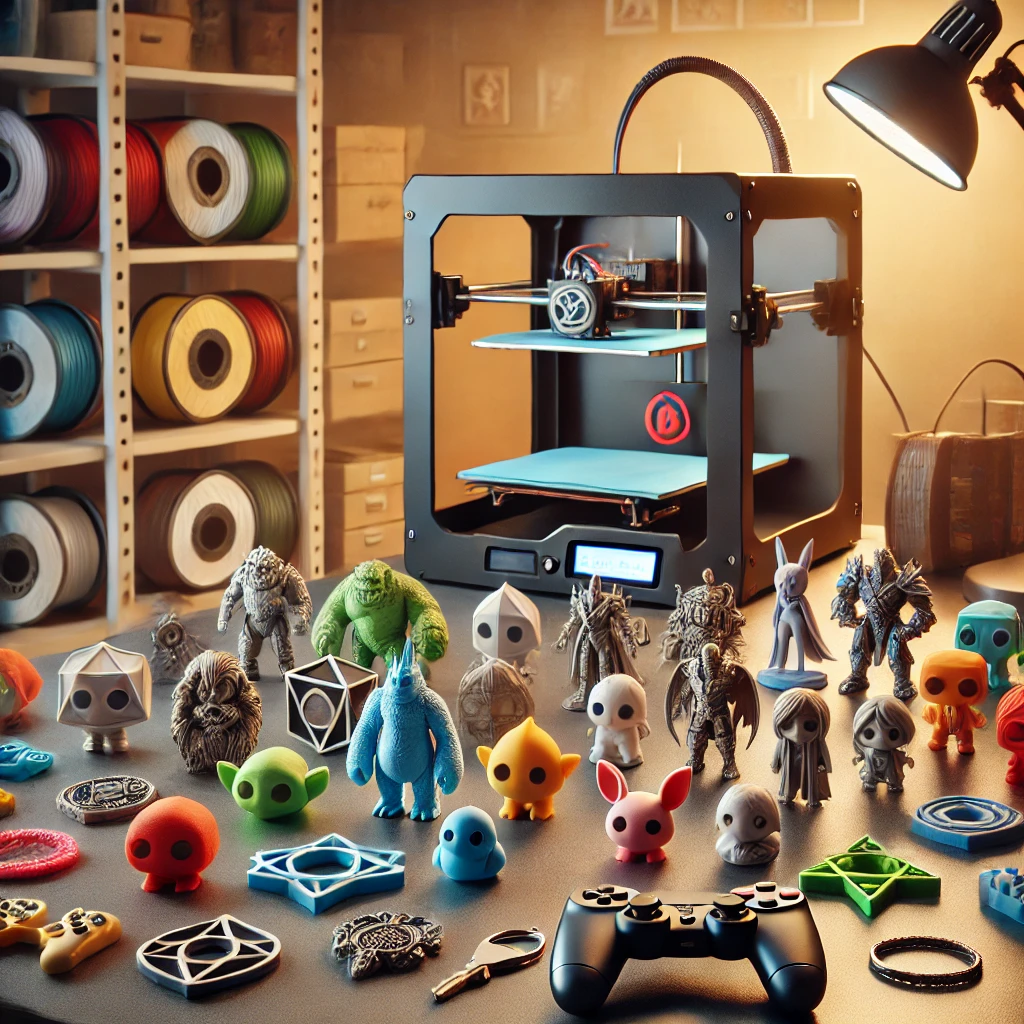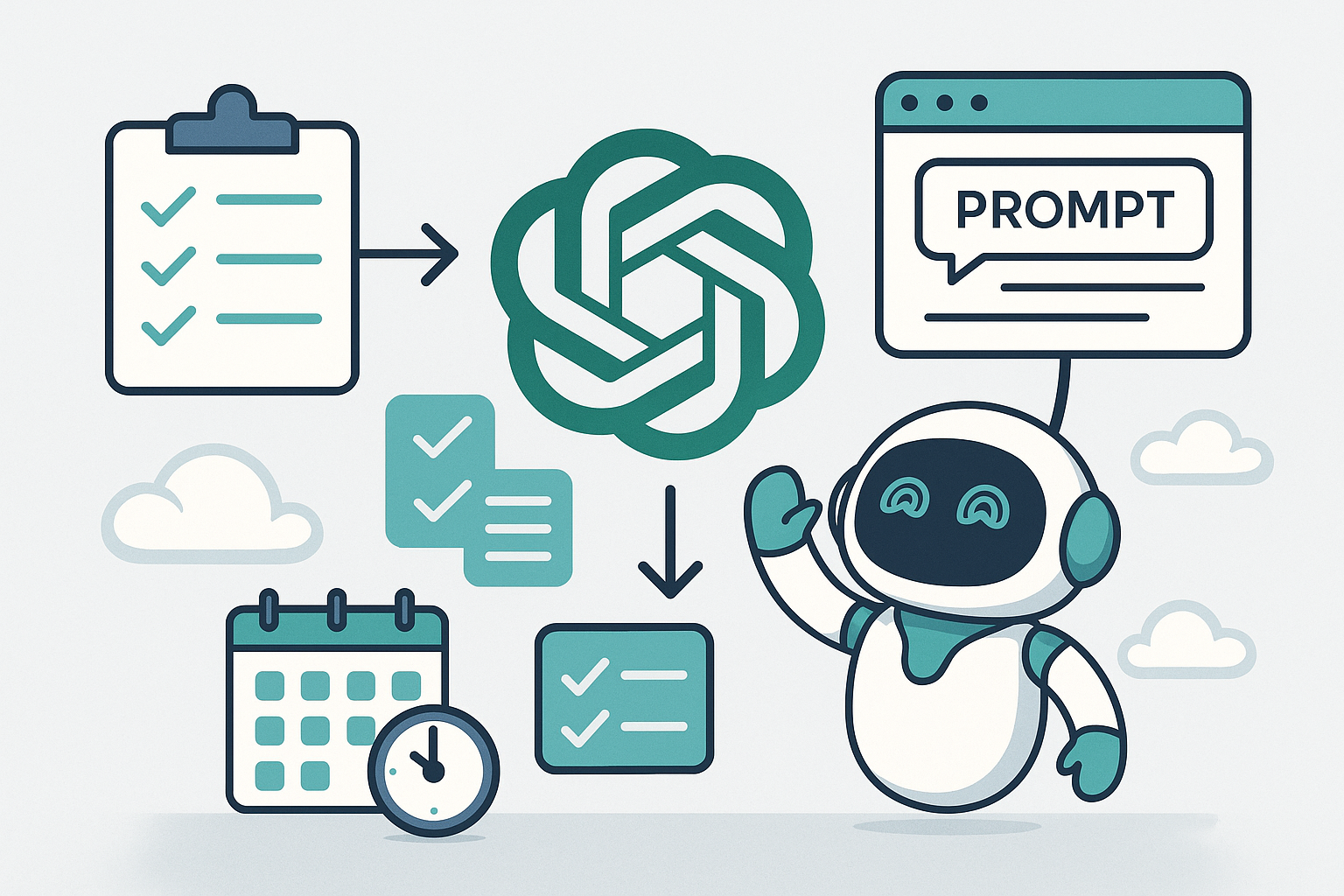Assistant Robots: The Future of Elderly Care Has Already Begun

Have you ever imagined having a robot as a daily companion? For many, this idea still sounds like something out of a science fiction movie. But the truth is that technology is advancing so quickly that soon, having assistant robots will be as common as having a smartphone today.
And unlike what many people imagine, these robots will not be cold or impersonal. They will have a touch of emotional intelligence, programmed empathy, and a friendly presence that gently reminds you: “It’s time for your medicine — but first, how about we have a cup of coffee together?” ☕
This isn’t a futuristic fantasy — it’s already becoming reality in artificial intelligence programs being designed to be more personal, empathetic, and emotionally aware of their users.
More Than Technology: Care and Companionship
What makes technology successful isn’t its complexity — it’s its ability to solve problems and make our lives easier. Electricity, cars, refrigerators, and even e-readers like the Kindle followed that same path. The same will likely happen with assistant robots.
When you stop to think about it, we are already surrounded by robotic technology: vacuum cleaners, smart assistants, automatic lighting systems, and algorithms that schedule our tasks. The difference is that most of these machines don’t yet have faces, voices, or personalities. That’s about to change.
The Role of Assistant Robots in the Elderly’s Daily Life
The elderly population faces daily challenges such as loneliness, mobility issues, memory lapses, and medical conditions that require constant attention. This is where assistant robots can make a real difference — by combining safety with companionship.
Equipped with sensors and artificial intelligence, these robots can:
- Remind users of medication times and medical appointments;
- Detect falls or sudden health changes;
- Help with simple tasks such as making a call, playing music, or managing a daily schedule;
- Engage in conversation and entertainment to create emotional connections;
- Encourage physical and cognitive exercises like stretching, dancing, or games.
They’ll be more than machines — they’ll be attentive companions capable of offering peace of mind and friendship.
Connected to the Body and the Heart
With the growth of smart devices — from watches to wearable rings — assistant robots will soon be able to monitor the user’s health in real time. Acting as personal wellness hubs, they’ll interpret signals and adapt their behavior accordingly.
- Heart rate monitoring
- Blood pressure tracking
- Sleep quality analysis
- Oxygen saturation
- Fall detection
Based on this data, the robot will be able to act proactively. For example, if it detects a sudden rise in blood pressure, it can suggest resting, play relaxing music, or even send an alert to a relative or doctor. All this with empathy and a natural tone of care.
Personalization and Emotional Intelligence
Modern assistant robots are being designed to learn from their users. Over time, they’ll understand habits, moods, and preferences. They’ll know when you want to chat, when you prefer quiet, and even which songs make you smile.
“Play Mr. John’s favorite song — Elis Regina, medium volume.”
“It’s your granddaughter’s birthday today, Mrs. Célia. Would you like to call her?”
This is empathy translated into code — a warm and humanized approach to technology that transforms daily routines into meaningful interactions.
Robots That Dance, Cook, and Keep Company
Imagine a robot that cooks beside you, dances with you on Sunday afternoons, or simply listens to your stories. It might sound improbable, but this is precisely the direction that assistant robots are heading toward.
Companies such as ElliQ (Israel) and Yukai Engineering (Japan) have already developed robots focused on emotional and social well-being. ElliQ, for example, reminds users of appointments, suggests physical exercises, and chats about daily life. Another creation, the Qoobo robot-pet, wags its tail when petted, offering emotional comfort without words.
These robots aren’t here to replace human love — but to fill the quiet spaces of the day. They might dance with Mrs. Maria in the evening, accompany Mr. Antonio during stretching sessions, or even prepare soup and crack a joke to lighten the mood. They’ll be like tireless grandchildren: patient, caring, and always available.
Integration with Smart Homes
The next generation of assistant robots will be fully integrated into smart home ecosystems. They’ll be able to control lighting, temperature, and appliances — even call for help in emergencies — all through voice or gesture commands.
This integration makes living alone safer and more comfortable, empowering independence and reducing risks. In the future, a domestic robot could be your guardian, your helper, and your friend — all at once.
The Emotional Impact of Assistant Robots
Loneliness is one of the leading causes of depression in old age. The absence of meaningful interaction affects mental health and overall well-being. Here, assistant robots offer a bridge back to connection.
Studies from the University of Tokyo and the MIT Media Lab show that seniors who interact with social robots exhibit:
- Improved mood and self-esteem;
- Increased participation in physical and cognitive activities;
- Lower stress levels and reduced feelings of isolation.
Emotional bonds with robots can be genuine, even if mediated by technology. After all, care is not only about touch — it’s about attention, presence, and empathy.
Challenges and Ethical Questions
Despite their potential, assistant robots raise complex ethical questions. How much responsibility should we assign to a machine in emotional care? And how secure are the personal health data they collect?
To address these concerns, companies are investing in transparency and cybersecurity. Modern models are designed to encrypt all data, store it locally, and only use it to improve the user’s experience. Privacy remains a key part of responsible AI design.
Cost is another concern. Currently, few models are affordable to the general public. However, as with any emerging technology — from smartphones to smartwatches — prices tend to decrease as adoption scales up and production becomes more efficient.
The Future Is Arriving — and It’s Kind
It might seem distant, but this future is already taking shape. Pilot projects are underway in Japan, South Korea, and Germany, where aging populations are testing assistant robots in hospitals, retirement homes, and even private residences.
By combining robotics, AI, and wearable devices, these initiatives are creating a form of care that is both intelligent and compassionate. And perhaps for the first time in history, we’re talking about machines that not only act — but truly connect with humans.
Conclusion: Technology with a Soul
More than a technological revolution, assistant robots represent a human one. They embody a new way of caring — more attentive, more present, and more empathetic. They won’t replace human love but will amplify it, bridging the gap between digital innovation and emotional warmth.
Personally, I find it incredible to witness this level of technological progress. It feels like watching a piece of science fiction come alive right before our eyes. 💙
And maybe one day, the most common phrase among seniors will be: “Don’t worry — my robot takes care of that for me.”
I honestly can’t wait for that future. Can you?
Did you enjoy this article? 💡 Share it with someone you care about and follow TechInNess for more stories about the intersection of technology and humanity.
👉 Subscribe to our free newsletter to get exclusive guides, PDFs, and in-depth analyses on how AI is shaping the future of everyday life.
💬 Frequently Asked Questions (FAQ)
- Are assistant robots already available?
Yes, but mostly in prototype or limited commercial versions in countries like Japan and Germany. - Can these robots replace human caregivers?
No. They complement care by offering safety, reminders, and emotional support. - Are they safe regarding privacy?
Yes, when designed with encrypted and localized data systems that respect user consent. - How much do assistant robots cost?
Prices range from around $1,000 to $5,000, with expected decreases as the market expands. - Can they assist people with disabilities?
Absolutely. Many are designed for physical or cognitive assistance and accessibility. - Do they have real emotions?
No. They simulate empathy and emotional responses using voice tone and behavior patterns.



